Garden railings and gates – everything you need to know, including whether you need planning permission
Maximise your country kerb appeal with stylish designs
Much more than a practical safety feature, metal railings and gates help define the look of a back or – particularly – a front garden. The earliest designs date back to the 15th century and were made from wrought iron. It's arguably still the preferred choice by most, though today it shares the limelight with more modern alternatives such as steel and aluminium.
Explore more ideas for front and back gardens – visit our garden ideas channel
If you’re lucky enough to live in a period property, the chances are your original railings and gates are no longer in existence – ever wondered why?
They were most likely melted down during the 1940s in a morale-boosting drive to help the war effort. However, the sad truth was that most wasn’t used and ended up being dumped at sea.
With that in mind, restoring originals or creating authentic replicas is becoming more popular than ever.
Considering it yourself? Here’s all you need to know…
Can original railings and gates be restored?

Buy now: Bespoke Eros railing, from £480, North Valley Forge
Get the Ideal Home Newsletter
Sign up to our newsletter for style and decor inspiration, house makeovers, project advice and more.
If you’re lucky enough to have original metal railings and gates, there are plenty of companies that specialise in sympathetic restoration services. Their offerings range from basic cleaning and simple hinge, latch and fitting adjustments, to
a full refurbishment – it depends what’s needed. When there’s too much damage to the railings or gates to allow for restoration, there are expert firms that can take moulds from the originals and recast exact replicas of them using recycled metals.
How high can garden railings and gates be?
The height of your railings and gates should be the main consideration. Areas with a drop of more than 600mm must be guarded by railings that are a minimum height of 1100mm in order to comply with building regulations.
Additionally, a sphere of 100mm in diameter must not be able to pass through any gaps. This is to prevent the risk of small children or animals becoming trapped or injured in the railings.
Do I need planning permission for railings and gates?
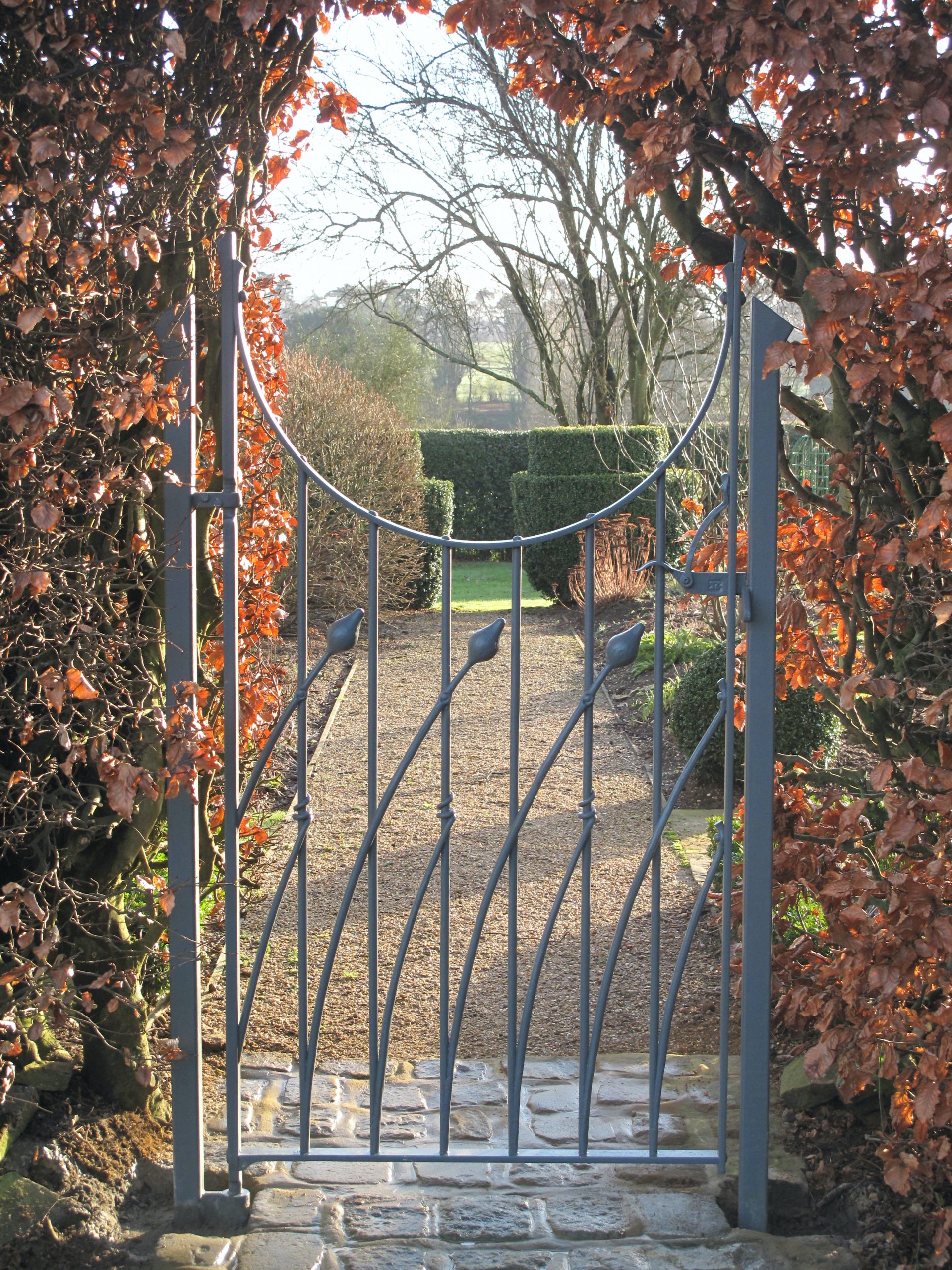
Buy now: St Pier forged steel gate, with bespoke posts, from £3,840, James Price Blacksmith & Designer
It depends on your requirements. Restrictions dictate that railings within three metres of a road edge cannot be more than one metre in height, or over two metres high in any other location.
Further constraints may also apply if your home is listed or situated within a conservation area. Check with your Local Planning Authority in advance for information on which restrictions might apply to you.
What type of metal is best for gates and railings?
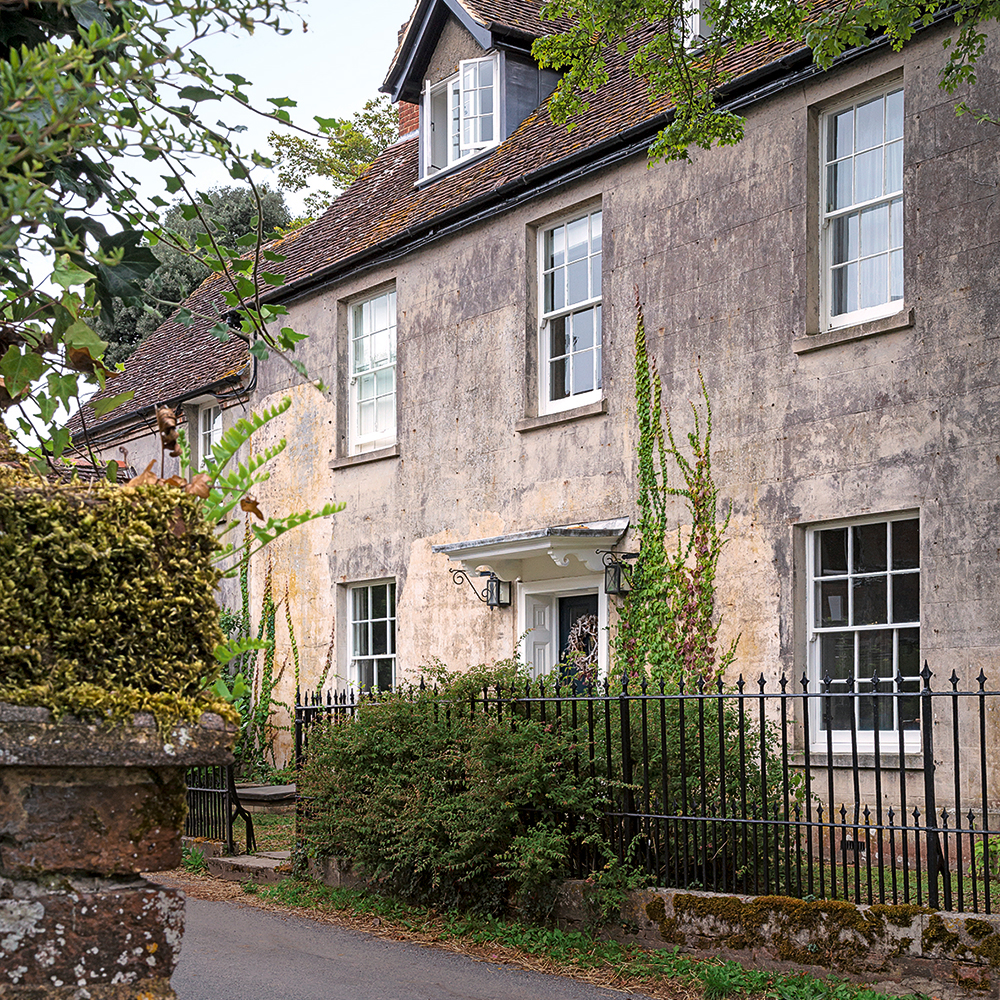
Wrought iron
Has the edge over other metals when it comes to achieving an ornamental finish. Sturdy and durable, it can last for years as long as it’s properly protected. Constant exposure to water and air can quickly result in rust and decay, so regular maintenance is required.
Steel
A popular option for more contemporary designs. It is inherently stronger than iron and has the added benefit of being naturally more resistant to corrosion and rusting, although a protective layer is still advised. Galvanised, powder-coated or painted finishes will all help ensure longevity.
Aluminium
Also offers a modern look, similar to steel. It’s not as strong, but it does have the added benefit of being relatively maintenance-free. Once installed, you won’t need to worry about it rusting, cracking, peeling or needing repainting. Plus, it’s easily recyclable, too.
Gates and railings – what are my style options?
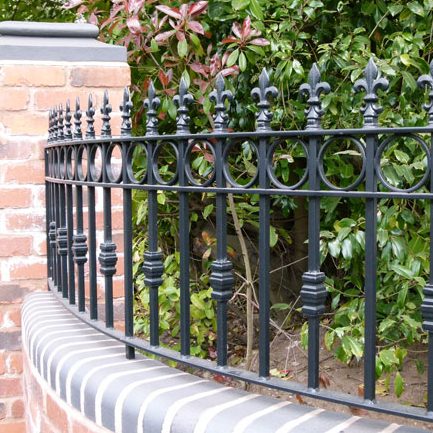
Buy now: Bespoke curved railing, price on request, Gates Railings Direct
Georgian homes traditionally feature railings and gates with simple spiked or pointed tops, while Victorian properties tend towards more ornate designs – think ostentatious railheads, twisted bars and Gothic rosette detailing.
Look around your local area for inspiration or hunt down old photographs or records of your home to see if they show original features that have since been removed.
You could try your local salvage yard, too; it may stock original metal finials, railheads or house numbers that you could incorporate into your design.
Different finishes also play a part in the overall look. A galvanised finish is perfect if it’s rustic appeal you’re after. Alternatively, Sandtex offers a range of exterior paint shades in both matt and gloss (all with a 10-year guaranteed protection) for a sleek and sophisticated finish.
Related: Pretty patio ideas to inspire every garden space
Is it better to go bespoke?
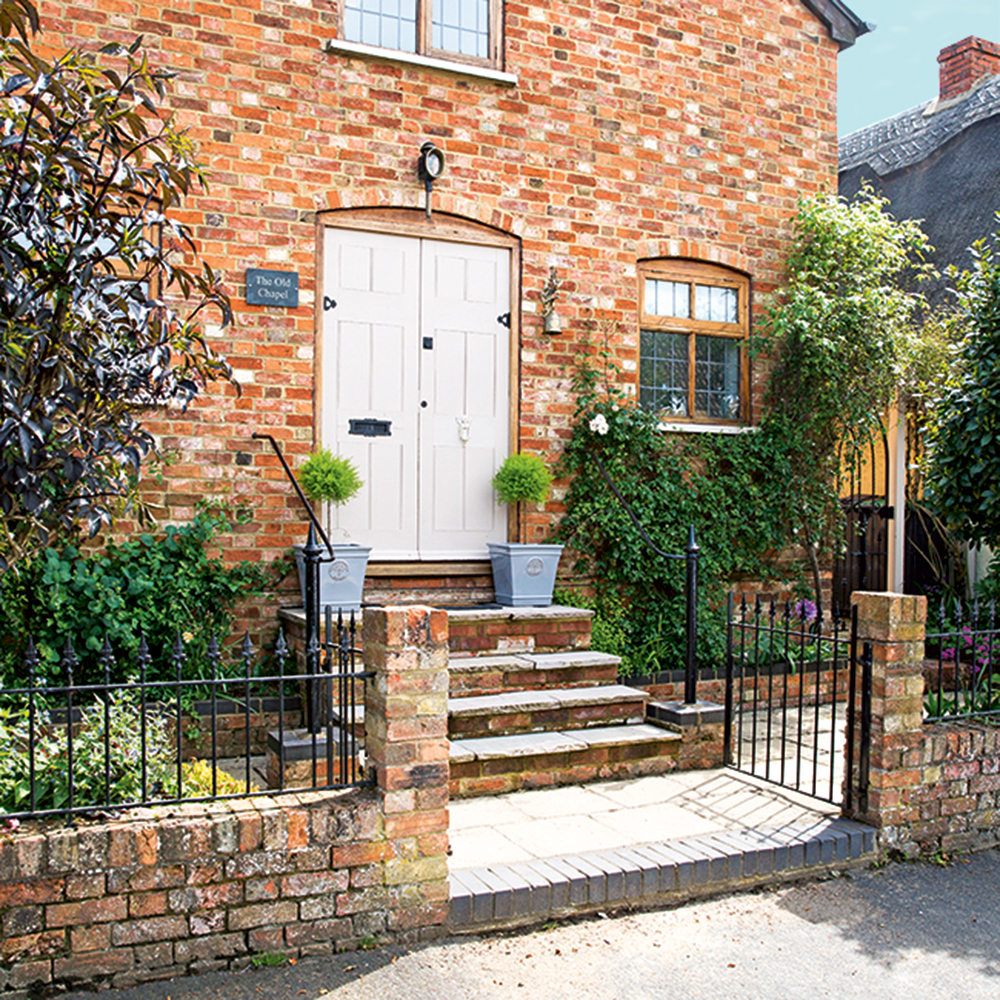
In a nutshell, yes. There are many companies that will provide a fully bespoke service, which includes assessment of layout, help with design, manufacture and installation of your railings and gates.
Perhaps surprisingly, it often works out to be the most cost-effective option, too. For a smart and secure finish, accurate measurements are essential – buying a generic size will often result in pricey alterations, which can also damage protective coatings on the metal.
What maintenance is involved after installation?
Rusting is the number one enemy when it comes to exterior metalwork, mainly caused by chips in the finish and overgrown plants. Opt for hanging boxes and planters and ensure the contents are regularly pruned to avoid them coming into direct contact with your railings.
Regular cleaning, about once a year, will mean you spot any signs of rust early. Use a steel brush to get rid of any flaking layers and moss, then use a solution of sugar soap and hot water to wash off any grease and grime.
What about security?
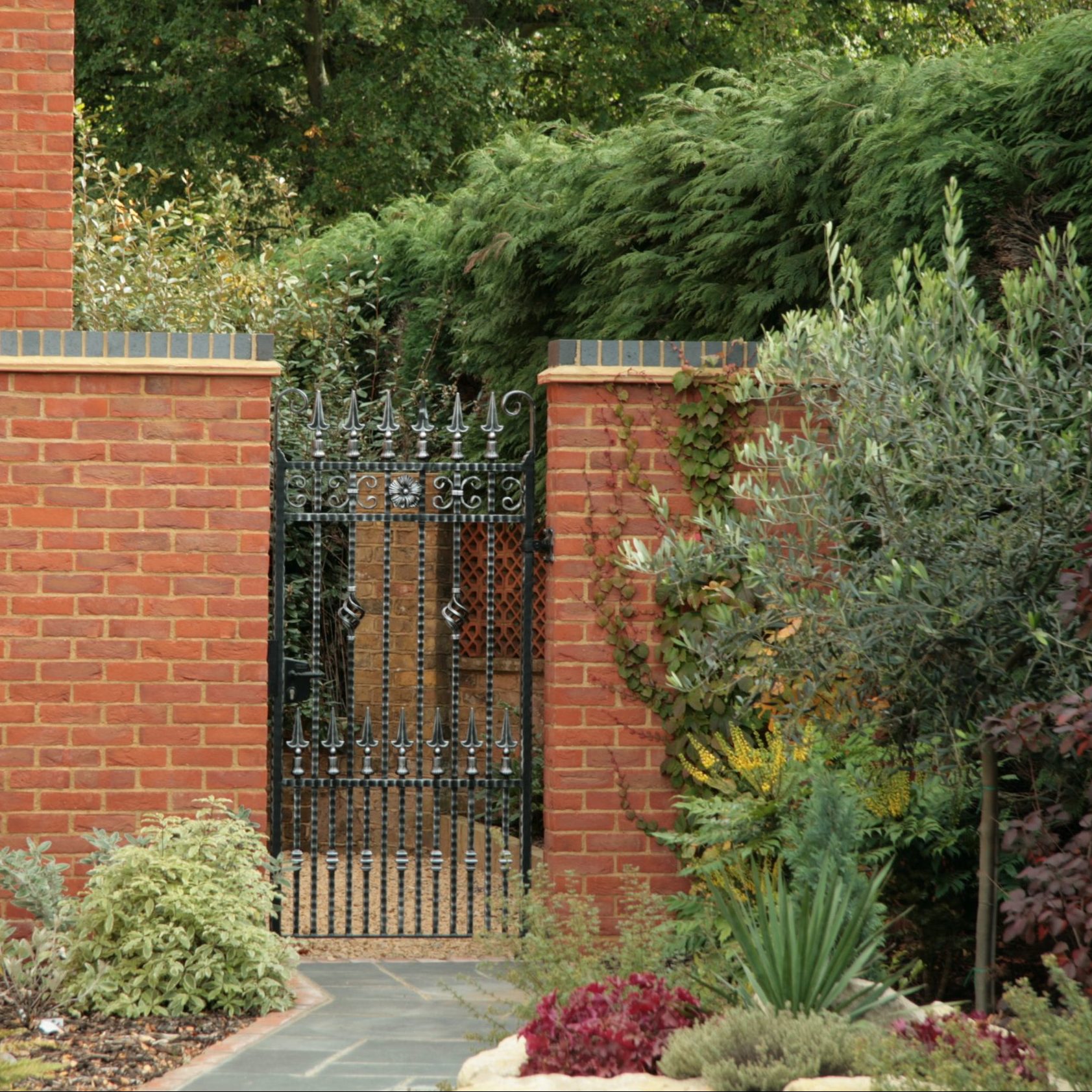
Buy now: Cranleigh side gate, from £780, North Valley Forge
While ornamental metal gates are attractive, there is potential for intruders to reach the lock through the bars. An electronic locking system makes it harder to gain entry, particularly when paired with a manual latch. Often a deterrent to thieves in looks alone, extra safety features include intercoms, security keypads and electronic locking systems.
Stay safe: Best wireless security cameras – the top wifi cameras for keeping your home safe
As for dimensions, go as high as the space and regulations allow. The higher the gate, the less likely it is an intruder will attempt to climb over it. As a further deterrent, consider having pointed railheads or finials on top of the railings or gates, but bear in mind that these might not be suitable if you have small children or pets.
If in doubt, ask the company you’re buying them from; it will be able to advise which styles are most practical for you and, if it’s a bespoke service, will be able to modify the designs to make them more appropriate.
-
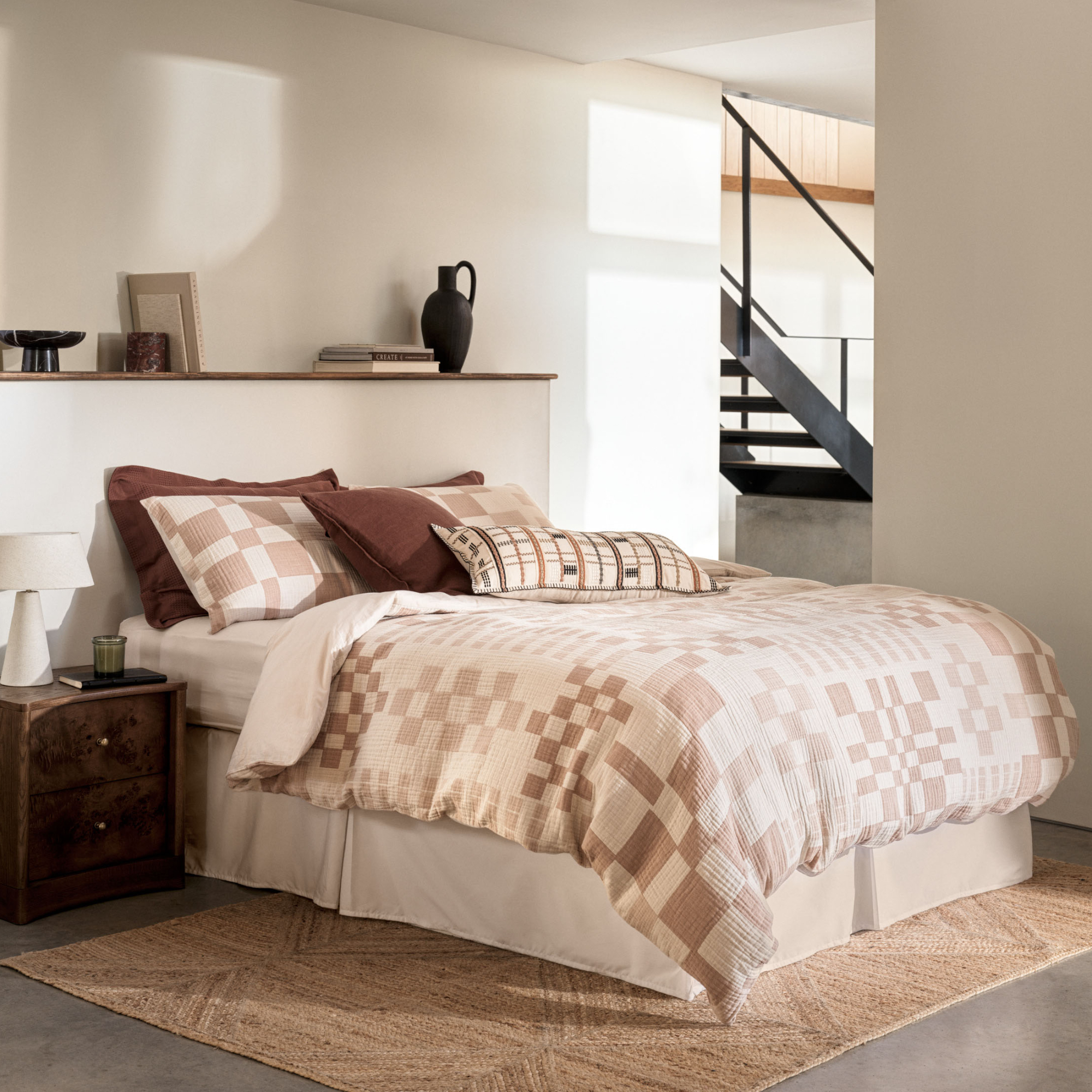 As a stylist, I spend hours looking for bedding for photoshoots, and I just spotted these 6 expensive-looking sets at M&S
As a stylist, I spend hours looking for bedding for photoshoots, and I just spotted these 6 expensive-looking sets at M&SGet a little luxury at a high-street price
By Laurie Davidson
-
 Wood drenching is the calming new twist on the colour drenching trend – here’s how to make the look work in your home
Wood drenching is the calming new twist on the colour drenching trend – here’s how to make the look work in your homeIt’s easier than ever to embrace natural materials
By Maddie Balcombe
-
 Aldi is launching a £200 day bed with four different features - its sleek design is suited to the whole family
Aldi is launching a £200 day bed with four different features - its sleek design is suited to the whole familyYou don't want to miss out on this Specialbuy
By Kezia Reynolds